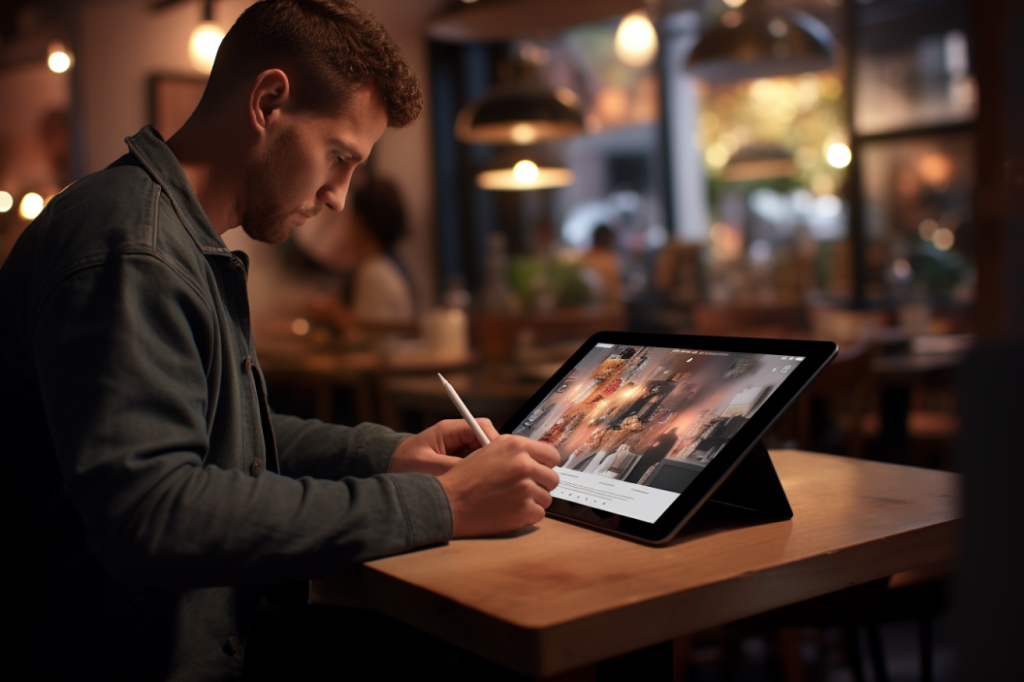Crafting Digital Artistry: Essential Tools for Social Media Mastery
Introduction
In the visually-driven realm of social media, content isn’t just king; it’s the entire kingdom. From the perfectly curated photos of Instagram to the punchy graphics of Twitter, the digital age has ushered in a new paradigm where visual appeal is paramount. Gone are the days when a simple text post would suffice. Today, it’s all about creating visually stimulating content that not only captures but retains attention.
But how do brands and individuals consistently churn out these eye-catching visuals? The secret lies in the arsenal of graphic design tools tailored for social media content. These platforms, both free and paid, empower even the most design-challenged among us to produce professional-quality graphics without the steep learning curve of traditional design software.
This article delves deep into the world of graphic design tools specifically crafted for social media content. Whether you’re a budding influencer, a brand striving to carve a niche, or simply someone looking to up their social media game, these tools offer the magic wand to transform your online presence.
Join us as we journey through the landscape of design tools, explore their features, and unveil tips to optimize your social media graphics.
Understanding the Significance of Graphic Design in Social Media
The digital revolution has transformed the way we consume content. With the surge of platforms like Instagram, Pinterest, and TikTok, visuals have taken center stage, setting the tone for user engagement and brand perception. But why is graphic design so pivotal in the realm of social media?
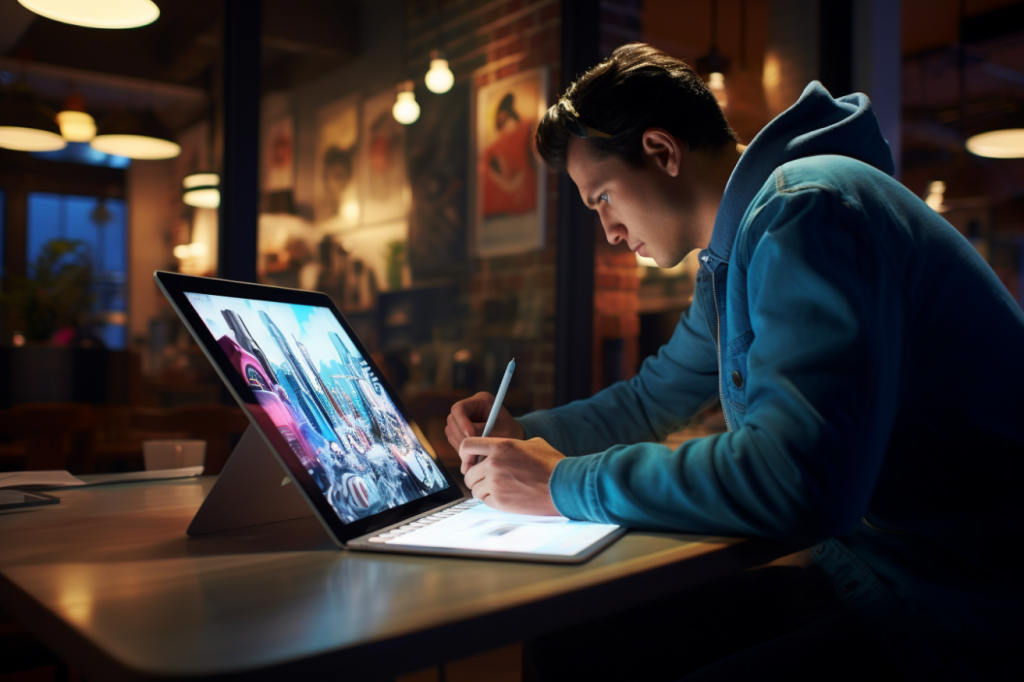
The Power of Visuals in Capturing Attention:
In the ever-scrolling world of social media feeds, you have mere seconds to grab a user’s attention. Visuals, especially those that are vibrant, unique, and evocative, act as hooks, pulling users into your content and compelling them to engage.
Increasing Engagement and Interaction Through Design:
Well-designed visuals don’t just attract attention; they boost engagement. A captivating graphic can lead to a plethora of reactions – likes, shares, comments, and more. According to a study by Social Media Examiner, content with relevant images gets 94% more views than content without. This statistic underscores the undeniable link between graphic design and user interaction.
Building Brand Identity and Consistency:
Consistent branding is crucial in carving a niche in the saturated space of social media. Graphic design plays a vital role here. Through consistent color palettes, typography, and design elements, brands can craft a distinct visual identity, making them instantly recognizable to their audience. Every piece of content becomes an ambassador of the brand’s ethos, values, and aesthetic.
In essence, graphic design serves as the bridge connecting brands and audiences in the digital world. It’s not just about creating pretty pictures; it’s about conveying messages, evoking emotions, and building lasting digital relationships. As the lines between real-world and online interactions blur, the role of graphic design in shaping online narratives becomes even more pronounced. It’s the language of the digital age, and mastering it is key to thriving in the realm of social media.
Free Graphic Design Tools
In the realm of graphic design for social media, budget constraints shouldn’t hamper creativity. Thankfully, numerous free tools offer robust functionalities, allowing users to craft stunning visuals without burning a hole in their pockets. Here’s a look at some of the most popular free design tools available:
Canva:
Arguably one of the most popular free design tools out there, Canva is a favorite among both amateurs and professionals. With its user-friendly interface, vast library of templates, and array of design elements, Canva simplifies the design process.
- Overview and Notable Features: Canva offers drag-and-drop functionality, making design creation a breeze. Its library boasts over a million graphics, images, and fonts, allowing for extensive customization.
- Customizable Templates for Various Social Media Platforms: Whether you’re crafting a Facebook post, an Instagram story, or a Pinterest pin, Canva has tailored templates for every platform, ensuring your visuals always look spot-on.
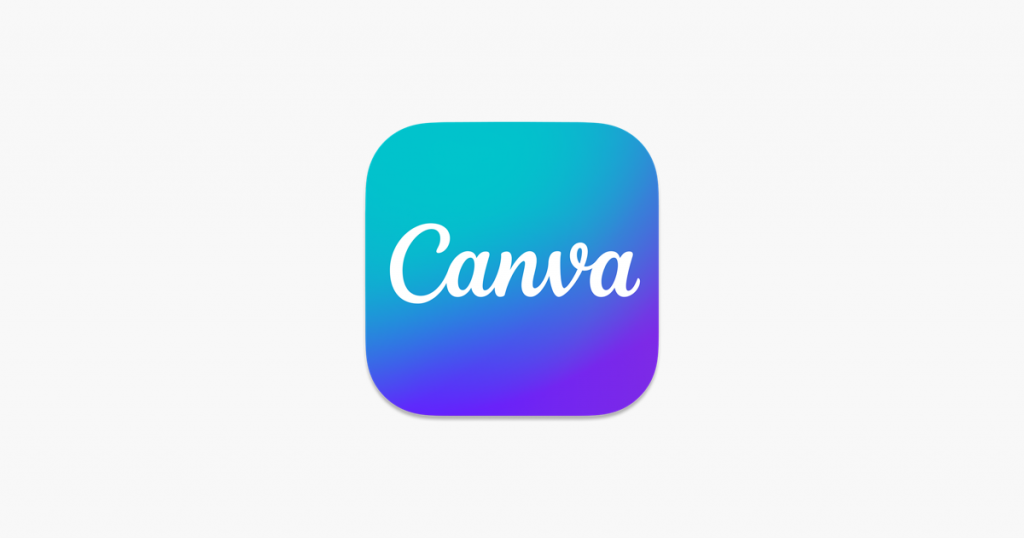
GIMP (GNU Image Manipulation Program):
For those seeking a more comprehensive, open-source alternative to tools like Adobe Photoshop, GIMP is the answer.
- Introduction to this Open-Source Tool: GIMP offers advanced photo editing and graphic design functionalities. From retouching to restoring to creative composites, the possibilities are vast.
- How It Compares to Other Professional Software: While GIMP does have a steeper learning curve than tools like Canva, its range of features rival those of paid software. For those willing to invest the time, GIMP can be a powerful ally in the design journey.
Snappa:
Tailored specifically for social media content creators, Snappa is all about speed and simplicity.
- Ease of Use and Drag-and-Drop Features: Snappa’s intuitive interface ensures that even design novices can craft beautiful visuals in minutes. The drag-and-drop functionality, coupled with a vast library of assets, makes the design process seamless.
- Library of Graphics and Images: With access to over 5,000 templates and 6 million high-res, royalty-free images, Snappa users are spoilt for choice. The tool also ensures that visuals are optimized for various social media platforms, taking the guesswork out of design dimensions.
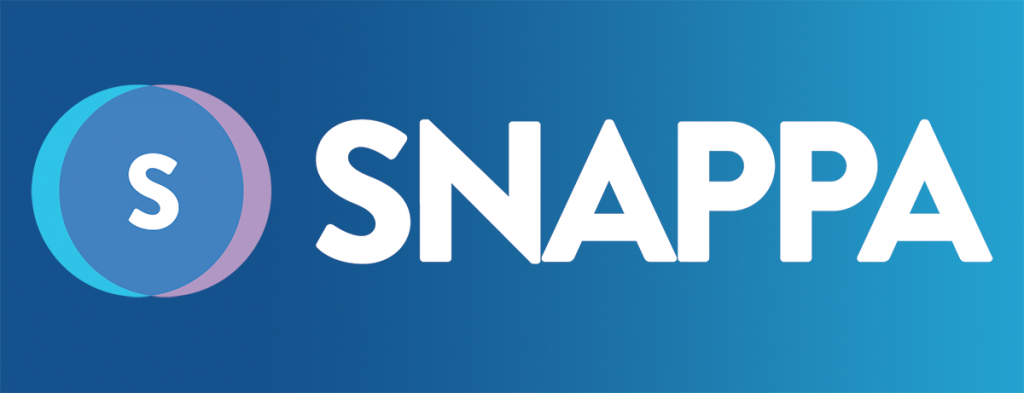
In summary, free graphic design tools have democratized the design landscape, ensuring that everyone, irrespective of their skill level or budget, has access to the means to create compelling visuals. With features rivaling those of paid tools and ever-evolving libraries, these platforms are a testament to the fact that sometimes, the best things in life truly are free.
Paid Graphic Design Tools Worth the Investment
While free tools offer incredible value, there are instances where investing in premium software can amplify your design capabilities. Paid tools often provide advanced features, greater customization, and more extensive resources that can take your social media graphics to the next level. Here are some of the top paid tools that are worth the investment:
Adobe Photoshop:
Often hailed as the gold standard in graphic design and photo editing, Adobe Photoshop is a powerhouse packed with features.
- The Industry Standard: Why It’s Popular: Photoshop’s reputation is built on its unmatched range of tools and functionalities. From basic photo retouching to intricate digital art, its capabilities are vast and varied.
- Key Features Beneficial for Social Media Content: Layer-based editing, advanced filters, and brushes, typography tools, and integration with Adobe’s cloud platform make it ideal for crafting standout social media visuals.
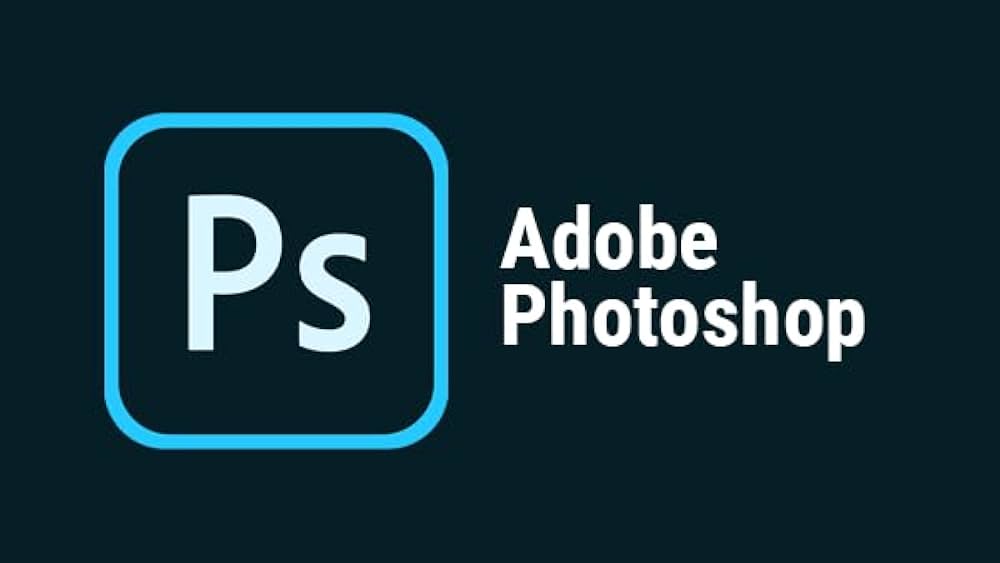
CorelDRAW:
Another stalwart in the design world, CorelDRAW offers vector graphic editing that’s perfect for logos, illustrations, and other scalable visuals.
- Overview and Differentiation Factors: Unlike many other design tools that are subscription-based, CorelDRAW offers a one-time purchase option, making it a cost-effective solution in the long run.
- Tools Specific for Web and Social Media Graphics: CorelDRAW provides a suite of tools tailored for web graphics, ensuring optimal resolution, color fidelity, and faster loading times for online platforms.
RelayThat:
A newer entrant in the design arena, RelayThat focuses on brand consistency across multiple platforms.
- Automation Features for Design Across Platforms: One of RelayThat’s standout features is its ability to automatically apply brand guidelines (colors, fonts, logos) to various design templates, ensuring consistency without manual effort.
- Consistency and Brand-Focused Tools: By allowing users to set brand guidelines, RelayThat ensures that every piece of content, whether it’s for Facebook, Twitter, or Pinterest, adheres to the same visual identity, reinforcing brand recognition.
Investing in premium graphic design tools is akin to investing in your brand’s digital future. While the initial cost might seem steep, the returns, in terms of time saved, increased engagement, and brand consistency, can be immense.
These tools, with their advanced features and extensive resources, provide an edge, helping brands and individuals craft visuals that resonate, captivate, and convert. In the dynamic, competitive landscape of social media, having such a tool in your arsenal can be the difference between blending in and standing out.
Mobile Apps for On-the-Go Design
In today’s fast-paced digital environment, the need for flexibility is paramount. Social media never sleeps, and sometimes, content creation can’t wait until you’re back at your desktop. This is where mobile design apps come into play. These pocket-sized powerhouses allow content creators to craft stunning visuals right from their smartphones, ensuring that they’re always ready to engage their audience, no matter where they are.
Over:
Perfect for those who need to quickly create stylish content on the go, Over offers an array of tools right at your fingertips.
- Quick Design Edits and Templates: Over boasts a collection of customizable templates that can be swiftly edited, making it ideal for last-minute posts.
- Social Media Sharing Capabilities: With direct sharing options, users can design and post without switching apps, streamlining the content creation process.
PicsArt:
Blurring the lines between photo editing and graphic design, PicsArt is a versatile tool for those looking to add a touch of flair to their images.
- Combining Photo Editing with Design Elements: From basic cropping and filters to adding intricate overlays and drawings, PicsArt offers a holistic design experience.
- Creating Shareable Content Directly from Mobile: With a community-centric approach, users can not only create but also share their creations with the PicsArt community, fostering engagement and inspiration.
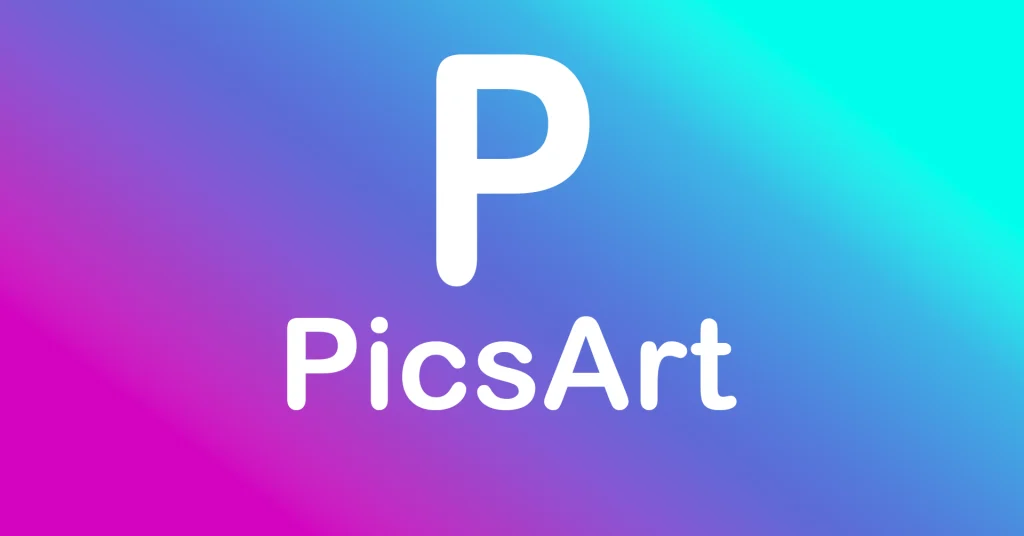
Adobe Spark Post:
Bringing Adobe’s design prowess to mobile, Spark Post simplifies graphic creation without compromising on quality.
- Quick Designs, Animations, and Graphics: With a focus on speed and simplicity, Spark Post offers templates and tools for quick graphics, perfect for timely social media updates.
- Integration with Adobe Suite for Enhanced Capabilities: For those already invested in Adobe’s ecosystem, Spark Post provides seamless integration, allowing users to access assets from other Adobe apps and streamline their workflow.
In conclusion, mobile design apps have revolutionized the way content creators approach social media. No longer bound by the confines of a desk or studio, designers and marketers can now respond to trends, events, and insights in real-time.
These apps, with their intuitive interfaces and robust features, ensure that quality is never compromised, even when time is of the essence. In the ever-evolving world of social media, where timeliness and relevance are key, having the ability to design on-the-go is not just an advantage; it’s a necessity.
Integrative Platforms for Design and Scheduling
For social media professionals, content creation is just one part of the puzzle. Equally important is the ability to schedule, analyze, and collaborate on designs. Integrative platforms bridge this gap by combining design functionalities with scheduling and analytics tools, providing a holistic solution for comprehensive social media management.
Crello:
Positioned as a visual editor for social media marketers, Crello combines the power of design with features tailored for online promotion.
- Design Functionalities Combined with Animation: Crello stands out with its easy-to-use animation tools, allowing users to create engaging animated posts without any technical know-how.
- Templates Tailored for Various Social Media Algorithms: Recognizing the unique requirements of different platforms, Crello offers templates optimized for various social media channels, ensuring content always looks its best.
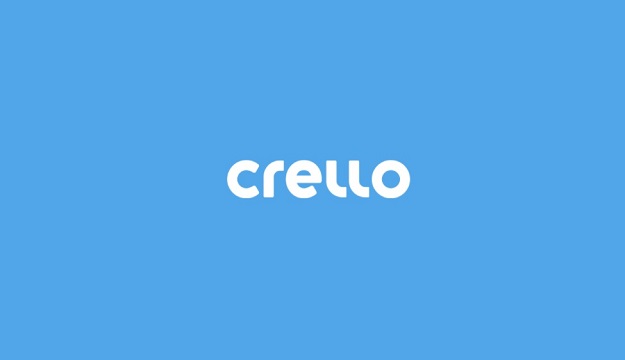
PromoRepublic:
Merging the domains of design, scheduling, and analytics, PromoRepublic provides a 360-degree view of social media content management.
- Merging Design, Scheduling, and Analytics: Users can create content, schedule posts, and analyze performance metrics, all from a single dashboard. This integrative approach ensures a seamless workflow and a consistent brand voice.
- Collaboration Tools for Team-Based Content Creation: PromoRepublic shines in collaborative settings. With features like approval workflows, team chats, and role assignments, it’s perfect for agencies or large brands where multiple stakeholders are involved in content creation.
The world of social media is characterized by constant flux — trends emerge, algorithms change, and audience preferences evolve. In such a dynamic landscape, tools that offer more than just design capabilities become invaluable.
By integrating design with scheduling and analytics, these platforms allow brands and creators to stay agile, responsive, and always in tune with their audience’s pulse. They transform the often chaotic process of social media management into a streamlined, efficient endeavor, ensuring that content is not only well-designed but also well-timed and well-received. For those serious about mastering the social media game, integrative platforms are the way forward.
Tips to Optimize Social Media Graphics
Crafting a compelling visual is just the first step in the journey of effective social media content. The nuances of optimization ensure that your graphics not only look good but also perform well across platforms, driving engagement and conversion. Let’s delve into some key tips to ensure your social media graphics are optimized for success:
Importance of Adhering to Platform-Specific Dimensions:
Each social media platform has its own set of recommended dimensions for images and graphics. Using the right size ensures your visuals are displayed without cropping or distortion. Whether it’s a Facebook cover photo, an Instagram story, or a Twitter header, always check the latest recommended dimensions and design your graphics accordingly.
Keeping Brand Consistency Across Designs:
While it’s tempting to experiment with various styles and aesthetics, maintaining a consistent brand identity across your graphics is crucial. This means using a consistent color palette, typography, and design elements that resonate with your brand’s voice and identity. Such consistency enhances brand recall and fosters trust among your audience.
The Balance Between Visuals and Text:
While visuals capture attention, it’s often the text or the message that drives action. Striking the right balance between imagery and text ensures that your content is not only engaging but also informative. However, remember that some platforms, like Facebook, have guidelines on the amount of text that can appear in ad images, so always be mindful of these when designing.
Using Design to Drive User Engagement and CTA (Call to Action):
Every piece of content you post on social media should have a purpose, whether it’s driving website traffic, increasing video views, or promoting a product. Your graphics should be designed with this goal in mind. Incorporate clear and compelling CTAs, use directional cues (like arrows or eye gaze), and employ contrast to make your CTAs stand out.
Optimizing for Mobile Viewing:
With a significant chunk of social media consumption happening on mobile devices, it’s crucial to ensure your graphics look impeccable on smaller screens. This might mean prioritizing key information, using larger fonts, and ensuring that clickable elements are adequately spaced for touch navigation.
In conclusion, while the aesthetic appeal of a graphic is undeniably important, its optimization determines its effectiveness in the vast and competitive world of social media. By adhering to platform guidelines, maintaining brand consistency, and designing with the user in mind, you can ensure that your graphics not only captivate but also convert. After all, in the realm of social media, it’s not just about being seen; it’s about being remembered and acted upon.
Staying Updated: The Ever-Evolving World of Social Media Design
Design trends, much like the platforms they grace, are in a state of constant evolution. To ensure your social media graphics remain impactful and relevant, it’s imperative to keep a finger on the pulse of these shifting paradigms. Here’s how you can stay ahead of the curve:
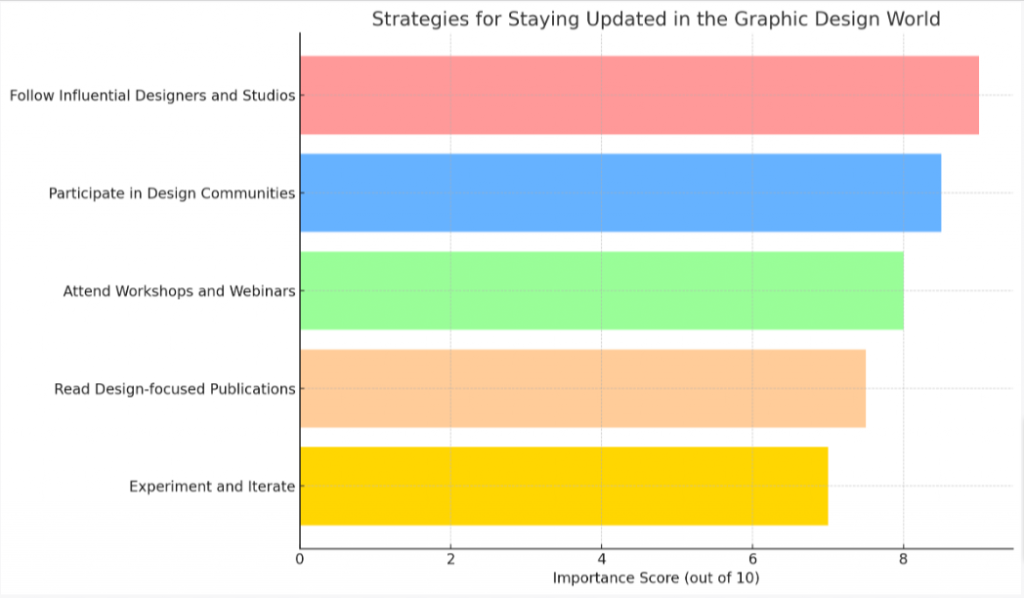
1. Follow Influential Designers and Studios:
There are countless talented designers and studios that consistently push the boundaries of what’s possible in design. By following them on platforms like Behance, Dribbble, or even Instagram, you can gain insights into emerging trends and techniques.
2. Participate in Design Communities:
Online communities, forums, and groups offer a platform for designers worldwide to share their work, discuss trends, and critique each other. Being an active participant in such communities can provide invaluable insights and keep you updated on the latest in design thinking.
3. Attend Workshops and Webinars:
Many industry experts and design software companies regularly host workshops, webinars, and tutorials. These sessions can be goldmines for learning new techniques, understanding emerging trends, and even networking with fellow designers.
4. Read Design-focused Publications:
Magazines, blogs, and websites dedicated to design often feature articles, interviews, and critiques that delve deep into the world of design. Regularly reading such publications can help you understand the broader shifts in the design landscape.
5. Experiment and Iterate:
Lastly, the best way to understand a trend or technique is to try it out yourself. Regularly experimenting with new styles, tools, and approaches can not only enhance your skill set but also keep your designs fresh and innovative.
In essence, staying updated in the fast-paced world of social media design is a combination of continuous learning, networking, and experimentation. By embracing a proactive approach and being a perpetual student of design, you can ensure that your social media graphics always resonate with your audience, irrespective of the ever-changing design tides. Remember, in the realm of design, evolution is not just inevitable; it’s essential. Embrace change, seek inspiration, and let your designs be a reflection of both your brand’s identity and the zeitgeist of the times.
Conclusion: The Confluence of Creativity and Strategy in Social Media Design
As we’ve journeyed through the multifaceted world of social media graphic design, one thing becomes abundantly clear: successful design is where creativity meets strategy. Crafting compelling visuals is not just an exercise in aesthetics; it’s a strategic endeavor aimed at achieving tangible goals — be it enhancing brand visibility, driving user engagement, or promoting a specific call to action.
1. Holistic Approach to Design:
In today’s digital age, graphic design is not an isolated function. It intertwines with branding, marketing, and even user experience. The most effective social media graphics are those that align with a brand’s overarching narrative, ethos, and objectives.
2. The Power of Adaptability:
Given the dynamic nature of social media, adaptability becomes a key trait for designers. Platforms evolve, user preferences shift, and design trends transform. The ability to pivot, adapt, and reinvent is what differentiates successful social media campaigns from the rest.
3. Tools and Technology as Enablers:
While creativity is at the heart of design, the tools and technology we’ve discussed play a pivotal role in bringing these creative visions to life. From intuitive free platforms to comprehensive paid solutions, today’s design tools democratize the design process, making it accessible to all.
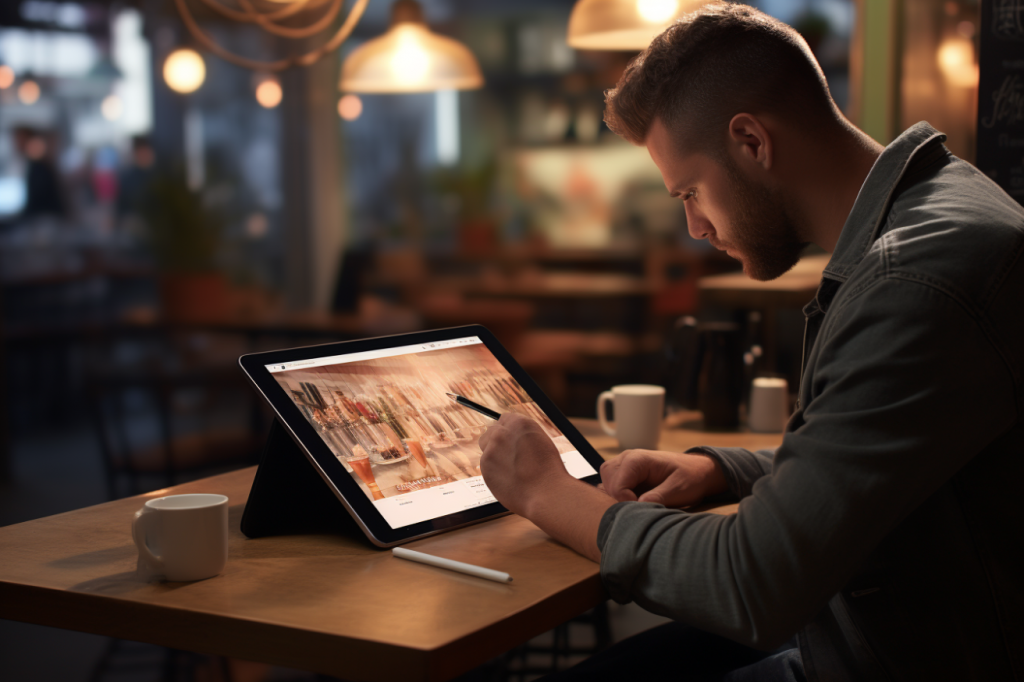
4. Continuous Learning and Growth:
The final takeaway is the importance of continuous learning. The design landscape is vast and varied. There’s always a new technique to master, a trend to explore, or a tool to try out. Embracing a mindset of perpetual learning ensures that your designs remain fresh, relevant, and impactful.
In wrapping up, it’s essential to remember that at its core, design is a form of communication. It’s about conveying messages, evoking emotions, and prompting actions. In the realm of social media, where attention spans are fleeting and competition is fierce, effective graphic design becomes the linchpin of successful digital communication.
As you venture forth, armed with the knowledge and insights from this guide, may your designs not only captivate but also resonate, leaving an indelible mark in the digital tapestry.
Additional Resources for Further Learning
While this guide has provided an in-depth look into the realm of graphic design for social media, the learning journey doesn’t end here. The world of design is vast, constantly evolving, and offers endless opportunities for growth and exploration. For those eager to delve deeper and further hone their craft, here are some additional resources that can prove invaluable:
1. Online Courses:
- Udemy: This platform offers a plethora of courses covering various aspects of graphic design, from the basics to advanced techniques.
- Coursera: In collaboration with top universities and institutions, Coursera provides structured courses that delve deep into the nuances of design.
- Skillshare: Focusing on bite-sized lessons and practical projects, Skillshare offers courses tailored for those seeking hands-on experience.
2. Books on Graphic Design:
- “Design as Art” by Bruno Munari: A classic in design literature, this book offers profound insights into the philosophy and principles of design.
- “The Non-Designer’s Design Book” by Robin Williams: Perfect for beginners, this book breaks down complex design concepts into digestible chunks.
- “How to Use Graphic Design to Sell Things…” by Michael Bierut: Drawing from his extensive experience, Bierut offers practical advice on leveraging design for marketing and branding.
3. Blogs and Websites:
- Design Shack: A treasure trove of articles, tutorials, and inspiration for designers of all levels.
- AIGA Eye on Design: Managed by the professional association for design, this blog offers deep dives into the latest trends and challenges in the design world.
- Creative Bloq: Covering a broad spectrum of creative disciplines, Creative Bloq is a go-to resource for news, reviews, and inspiration.
4. Design Podcasts:
- The Futur: Hosted by Chris Do, this podcast explores the intersection of design, business, and education.
- Design Matters with Debbie Millman: One of the longest-running design podcasts, Debbie Millman interviews influential figures from the world of design, offering listeners profound insights and stories.
In essence, the journey of a designer is one of continuous growth, exploration, and inspiration. By leveraging the resources mentioned above and maintaining an insatiable curiosity, you can ensure that your design skills remain sharp, relevant, and in tune with the ever-evolving landscape of social media and beyond.
Whether you’re a seasoned professional or just starting out, remember that every piece of content you create has the potential to inspire, engage, and leave a lasting impact. So, keep designing, keep learning, and keep pushing the boundaries of what’s possible.

